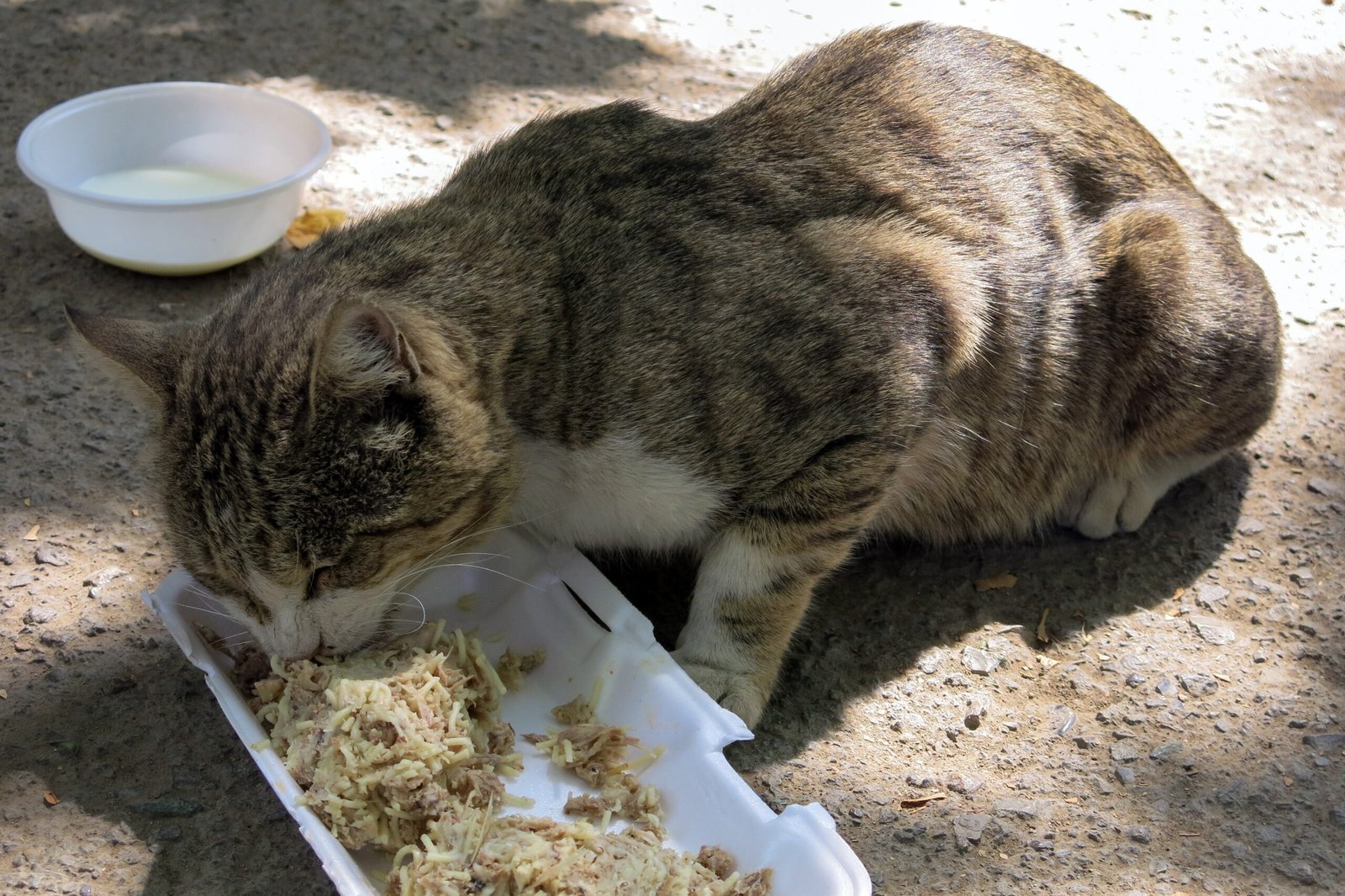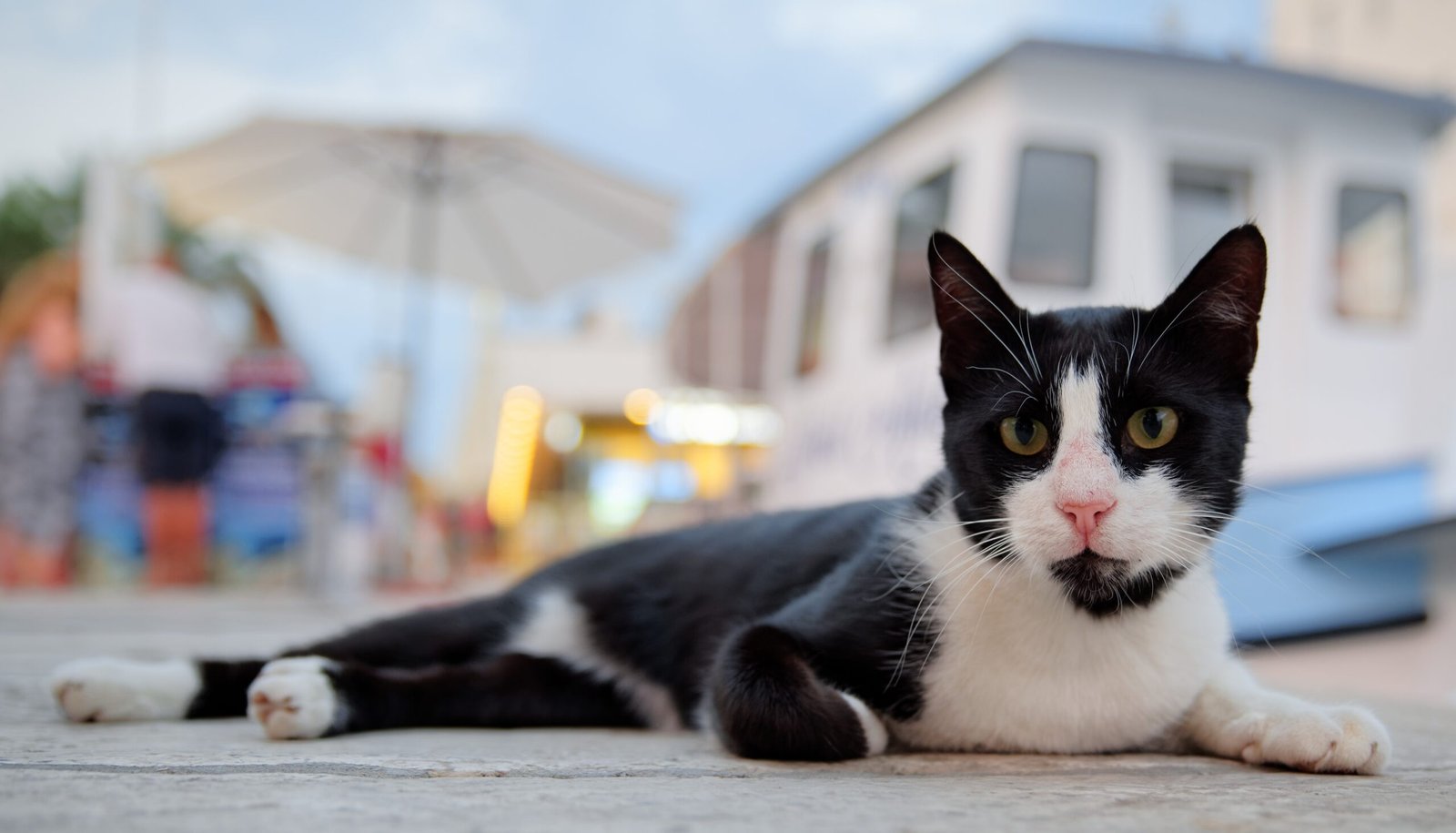Ever wonder how your independent, whiskered roommate became such a perfect house companion? Domestic cats have undergone fascinating genetic changes over thousands of years, slowly adapting to life alongside humans. Unlike dogs, cats weren’t actively domesticated—they chose to stick around us for the food and safety, and over time, evolved traits that made cohabiting easier. Scientists have discovered genetic markers in cats linked to memory, fear response, and social behavior—all helping them bond with humans. Even their meows evolved to mimic baby cries, cleverly tugging at our heartstrings. Today’s house cats may still have a wild side, but genetically, they’re wired for the couch, cuddles, and companionship.
The Wild Beginnings: Cats Before Domestication
Long before cats became the pampered pets we adore, they roamed wild and free, hunting small animals for survival. The ancestors of our modern cats were solitary hunters, perfectly adapted to a life of independence. These ancient felines had sharp senses, quick reflexes, and a fierce sense of territory, making them formidable predators in their own right.
But living close to humans wasn’t always on the feline agenda. In early human settlements, wild cats were drawn by the promise of easy meals—mainly rodents attracted to stored grains. This mutual benefit laid the groundwork for a relationship that would slowly transform both species. Over thousands of years, a delicate dance of cautious curiosity and mutual tolerance began, setting the stage for profound genetic changes.
First Steps Toward Friendship: Natural Selection at Work
Not every wild cat was cut out for life near humans. Only those who were less fearful and more tolerant of human presence stuck around the early settlements. These friendlier cats found more food and safety, which gave them a better chance to survive and reproduce.
As generations passed, natural selection favored those with calmer temperaments and less aggressive behaviors. These subtle shifts in personality and behavior were mirrored by changes in their genes. Bit by bit, the wild cat was being reprogrammed for a new kind of life—one that would eventually lead to the affectionate companions we know today.
Genetic Changes in Behavior: From Fierce to Friendly

One of the most significant genetic shifts in domestic cats involves their temperament. Scientists have discovered that genes related to stress response and aggression are different in domestic cats compared to their wild cousins. Domestic cats tend to be less anxious and more playful, making them better suited to life alongside humans.
These changes didn’t happen overnight. Over centuries, cats with genes for lower stress and greater sociability were more likely to thrive in human environments. The result? Today’s cats are more tolerant, adaptable, and willing to seek out human attention. This explains why your cat might greet you at the door or curl up beside you during a thunderstorm—it’s in their genes!
Cozy Companions: Genetic Adaptations to Human Lifestyles
As cats settled into human homes, their bodies and minds adapted even further. Studies show that domestic cats have developed unique genetic traits that help them understand and respond to our social cues. They’ve become experts at reading our emotions, responding to our voices, and even mimicking some of our habits.
One fascinating adaptation is the ability to communicate through a wider variety of vocalizations. Unlike wild cats that are mostly silent, domestic cats have evolved to use meows, purrs, and trills to get our attention. This vocal evolution is a direct result of living with us—after all, if a cat meows, we’re much more likely to listen!
Changes in Diet: How Genes Helped Cats Adapt to Human Food

Wild cats were strict carnivores, but domestic cats have had to adjust their diets to what’s available in human homes. Their genes have changed to help them digest a broader range of foods, including some carbohydrates found in human scraps and commercial pet food.
Although cats still need plenty of protein, they are now better equipped to process small amounts of grains and vegetables. This shift didn’t just happen by chance—it’s the result of specific genetic mutations that allowed cats to thrive on the diets we provide. So, the next time your cat sniffs around your dinner plate, remember that their genes have set them up for a life of culinary curiosity.
The Evolution of Social Skills: Living in Groups
Unlike their solitary ancestors, domestic cats are much more comfortable living in groups, especially when resources are plentiful. This social flexibility is rooted in genetic changes that help cats tolerate the presence of other cats—and humans—without stress or aggression.
Living in a home with multiple cats or even other pets is something wild cats would have found nearly impossible. But domestic cats have learned to share space and even form close bonds with both people and fellow felines. These social skills are a testament to how deeply their evolution has been shaped by life with us.
Purring and Play: Emotional Bonds Written in DNA
Purring is one of the most endearing traits of domestic cats, and it turns out that this soothing sound is linked to genetic changes as well. Purring not only comforts humans but also helps cats communicate contentment and trust. It’s a powerful example of how cats have evolved to form emotional bonds with us.
Playfulness is another key trait that has been enhanced through domestication. Domestic cats retain kitten-like behaviors well into adulthood, a phenomenon known as neoteny. This playful spirit keeps them engaged with their human families and creates unforgettable moments of joy and laughter.
Colorful Coats and Cute Faces: Physical Changes Through Evolution
Domestic cats come in an astonishing variety of colors, patterns, and fur types—far more than their wild ancestors. These physical changes are the result of selective breeding and genetic mutations that occurred as cats adapted to life with humans.
Bright eyes, rounded faces, and soft, plush coats are all features that appeal to our sense of cuteness. Over time, cats with these traits were more likely to be adopted and cared for, leading to their spread through the domestic cat population. It’s as if evolution itself wanted to make cats as irresistible as possible!
The Human Factor: How Our Choices Shaped Cat Evolution
Our preferences have played a huge role in the evolution of domestic cats. From ancient Egypt to modern living rooms, humans have selectively bred cats for specific traits—whether it’s a calm temperament, striking appearance, or unique vocalizations.
This selective breeding has accelerated genetic changes, creating the wide variety of breeds and personalities we see today. Our choices have also encouraged the development of cats that are more affectionate and attuned to our lifestyles, deepening the bond between species.
The Future of Cat Evolution: What’s Next?
As our lives continue to change, so too will the evolution of domestic cats. Advances in genetics and animal care are shaping new possibilities for the health, longevity, and well-being of our feline friends. Researchers are already exploring ways to use genetic information to improve cat health and even prevent inherited diseases.
The future may bring even closer relationships between cats and humans, with new breeds and behaviors emerging as we learn more about their unique genetic makeup. One thing is certain: the story of cats and humans is far from over, and the next chapter promises to be just as fascinating as the last.
It’s pretty amazing to think that our aloof little feline friends actually chose us. Over time, cats have adapted both behaviorally and genetically to thrive alongside humans—without losing that signature sass. From their meows mimicking babies to their calmer temperaments, it’s clear they’ve evolved to be the perfect low-maintenance companions. So next time your cat curls up beside you, just know—it’s not just affection, it’s evolution at work!

Andrew Alpin from India is the Brand Manager of Doggo digest. Andrew is an experienced content specialist and social media manager with a passion for writing. His forte includes health and wellness, Travel, Animals, and Nature. A nature nomad, Andrew is obsessed with mountains and loves high-altitude trekking. He has been on several Himalayan treks in India including the Everest Base Camp in Nepal.






